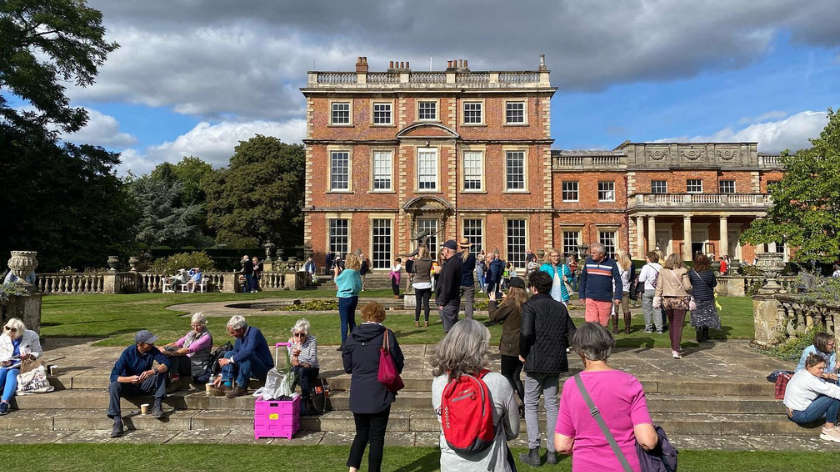
At a planning appeal inquiry this week a determined group of Harrogate residents battled the developer hoping to build 53 homes at Knox Lane.
The meeting took place on Tuesday and Wednesday at Harrogate Civic Centre and was chaired by Mark Sturgess, a government-appointed planning inspector who heard the arguments both for and against why the homes should be built.
When the council’s planning committee refused the scheme for the fourth time in September, councillors offered three reasons related to how the scheme would harm the landscape, local road network and biodiversity.
The developer Jomast then decided to take the council to appeal over its decision.
Because North Yorkshire Council decided not to contest the appeal after receiving legal advice, it was down to the residents from Knox Conservation Community Group, who have fought against the plans for the last few years, to defend these three reasons.
But they also put forward people to speak about other issues including land contamination and the impact on the sewerage system.
The site is allocated for development in the council’s local plan, which means it can only be refused under special circumstances.
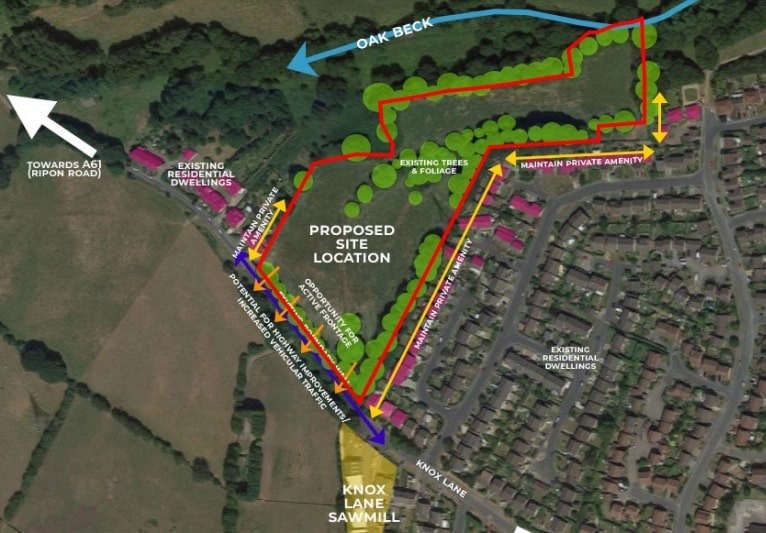
‘A huge loss’
Local resident Adele Laurie-Wilson told the inspector that developing the green field for housing would be a “huge loss” for the area.
The planning application received more than 500 objections from residents with many saying the scheme would irretrievably damage the landscape and a green corner of the Harrogate suburb.
Ms Laurie-Wilson argued the development would create a “hard urban edge” in Knox.
She added:
“It feels magical going from a very urban area in Bilton, down to open countryside and Spruisty Bridge. It makes me feel different, the weight of the world is lifted off my shoulders. I don’t want it to be spoilt.”
Architect Dan Charnley spoke on behalf of the developer and noted that “dominant” overhead electric pylons already run through the site.
He said the developer had pledged to introduce planting that would shield views of the site from people walking down Knox Lane.
Mr Charnley said:
“We will reinstate native hedgerows that will give space and create the character as it is so it’s enclosed. New shrub and tree planting will create visual screening from Knox Lane and the residential properties on Mill Gate and Old Trough Way.”
Local services
Theo Street said he reviewed Jomast’s transport assessment and called the walking distances suggested to GP practices, shops and schools all “erroneous underestimates”.
He said it was “fanciful” of the developer to state the scheme would not add to already congested roads in the area, including the notorious Skipton Road.
A video was played of the nearest 36 bus stop on Ripon Road which showed fast cars driving past.
Mr Street said:
“Disabled and small children cannot safely use these bus stops.”
In response, highways expert Paul Irwin said walking distances had been calculated based on criteria including a person’s fitness, enthusiasm to walk and the weather.
He insisted these calculations were sound and said residents would not be essentially stranded at home without a car.
Mr Irwin said:
“Access is 900m to the nearest One Stop shop, bus stops are on the A61 with 20 min bus services from Monday to Saturday. That’s a reasonable level of access to the town centre. Harrogate town centre is also walkable to a number of people.”
“The nearest schools are between 1km and 3km away, on balance, I consider it to be a sustainable location from a transport perspective.”
Biodiversity net gain
Stephen Redmond told the inquiry the site had been “largely left to nature” and was “untroubled by human activity”.
The site was previously designated as a Special Landscape Area by Harrogate Borough Council due to its biodiversity and ecological value.
The government asks that all housing developments offer a biodiversity net gain of 10%, which is a calculation that wildlife and nature are left in a better state after the building takes place.
Mr Redmond questioned the developer’s biodiversity net gain metrics and criticised a lack of new trees to replace those that would be chopped down.
He also said the site was home to protected species including otters, badgers, bats and great crested newts.
Mr Redmond added:
“It’s difficult to see how this area will be preserved to a better condition than the existing grassland.”
Planning agent David Rollinson rejected the accusation that Jomast’s biodiversity calculations were “dodgy” and said additional planting could be added to the planning approval with a condition.
He also said the developer had employed independent wildlife experts to assess the site and found “no evidence” of otters or great crested newts.
Mr Rollinson said:
“That was from a professional ecologist. Statutory consultees have not identified any omissions in the work.
“Qualified people have found studies on badgers to be satisfactory, they have licences from Natural England.”
What happens next?
After the meeting, the inspector visited the site with the interested parties so he could get a better feel for the issues surrounding the application.
No decision on the plans has been made yet and the inspector will now mull over whether the councillors were justified when refusing the scheme last year.
He’s expected to make a decision by September.



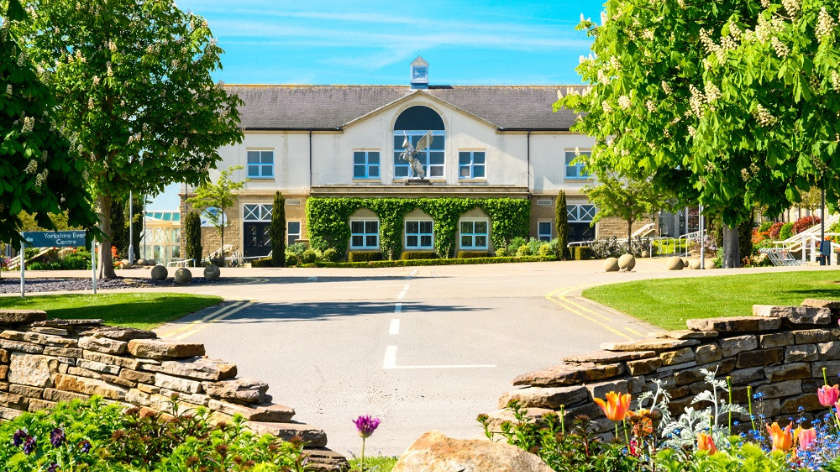 Yorkshire Baby Show Moves to a New Home in Harrogate for its Biggest Event
Yorkshire Baby Show Moves to a New Home in Harrogate for its Biggest Event
 Harrogate dog show to include new pet-themed market
Harrogate dog show to include new pet-themed market
 Leeds Bradford Airport launches new flights to Palma and Malaga
Leeds Bradford Airport launches new flights to Palma and Malaga
 New floral artwork unveiled across Harrogate town centre
New floral artwork unveiled across Harrogate town centre
 80 Easter eggs collected for Knaresborough special needs school
80 Easter eggs collected for Knaresborough special needs school
 Baby giraffe born at Flamingo Land
Baby giraffe born at Flamingo Land
 YMCA Ripon to host charity sleep out
YMCA Ripon to host charity sleep out
 Saltergate girls' football team: A journey of triumph and opportunity
Saltergate girls' football team: A journey of triumph and opportunity
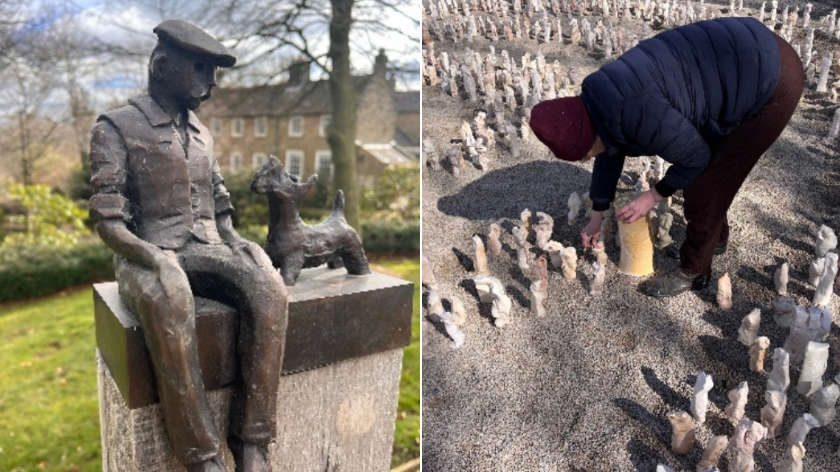 Himalayan Garden & Sculpture Park unveils 70 new artworks
Himalayan Garden & Sculpture Park unveils 70 new artworks
 Harrogate vet receptionist tackles London Marathon to help horses
Harrogate vet receptionist tackles London Marathon to help horses
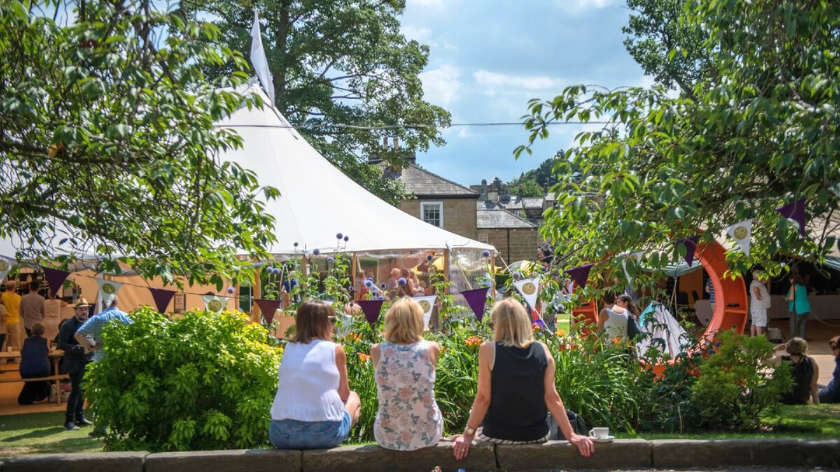 Programme revealed for Harrogate crime writing festival
Programme revealed for Harrogate crime writing festival
 Hundreds take on inflatable wipeout challenge in Harrogate
Hundreds take on inflatable wipeout challenge in Harrogate
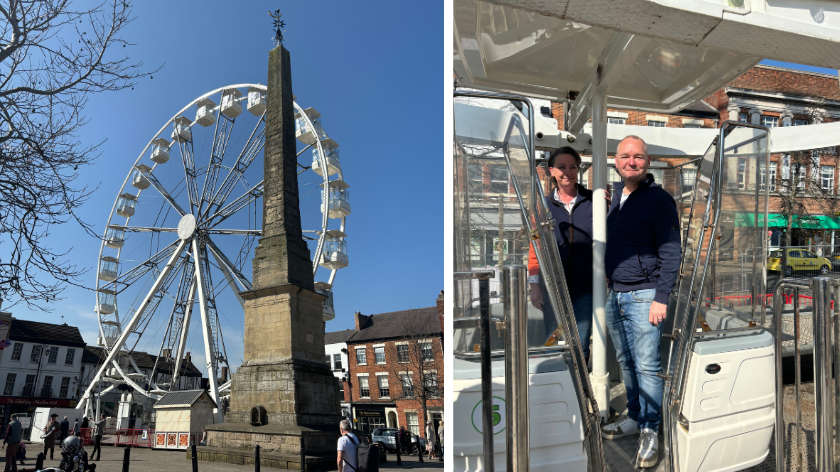 108-foot ferris wheel launches in Ripon
108-foot ferris wheel launches in Ripon
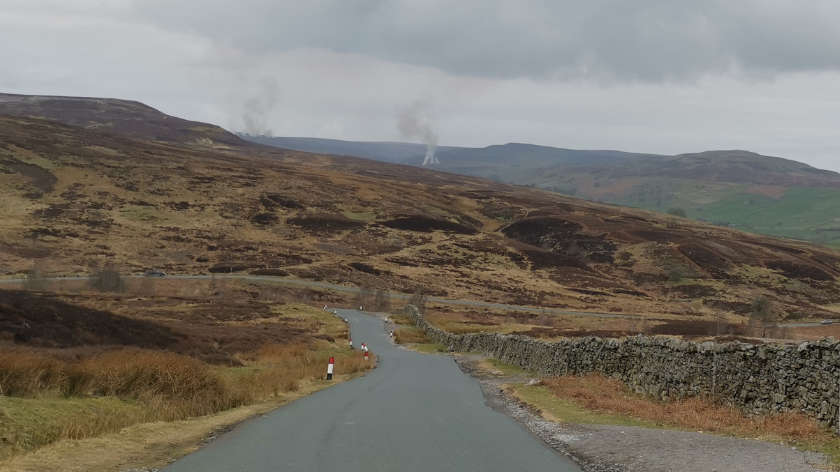 Wider ban on heather burning 'risks catastrophic wildfires'
Wider ban on heather burning 'risks catastrophic wildfires'
 Over 200 fencers attend Harrogate Fencing Club sporting event
Over 200 fencers attend Harrogate Fencing Club sporting event
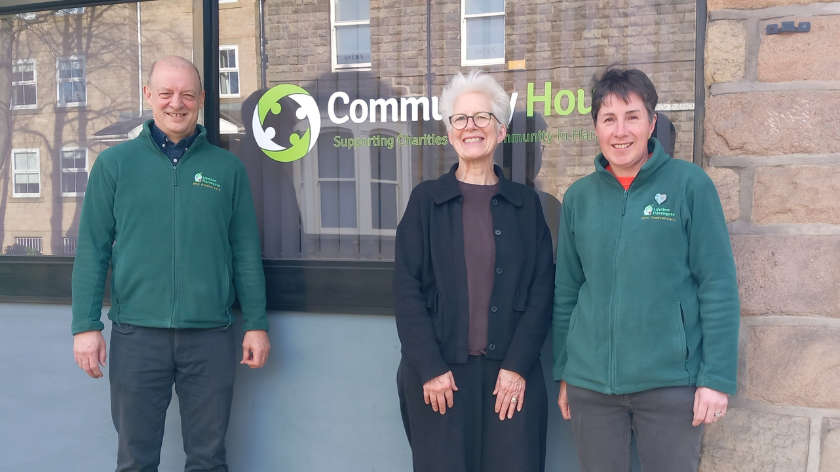 Harrogate homeless charity receives four-figure grant
Harrogate homeless charity receives four-figure grant
 Police appeal after driver fails to stop following A1 collision
Police appeal after driver fails to stop following A1 collision
 Harrogate MP warns 'OFWAT must go' after Yorkshire Water dumps 430,263 hours of sewage
Harrogate MP warns 'OFWAT must go' after Yorkshire Water dumps 430,263 hours of sewage
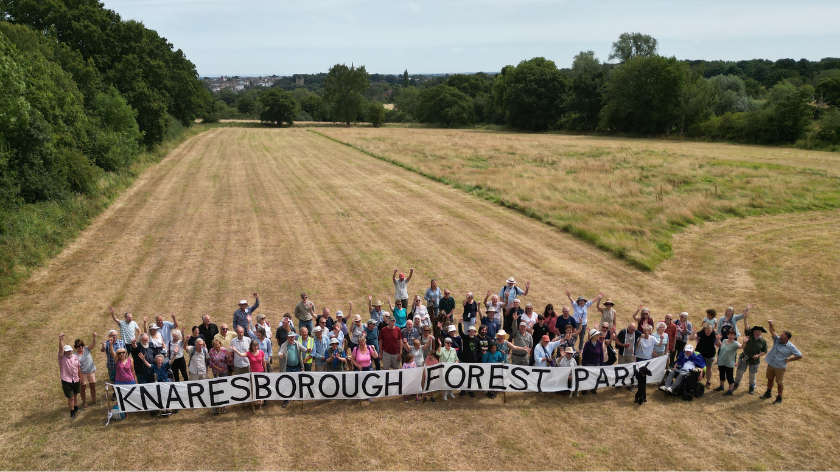 Surprise donation pays off debt for Knaresborough Forest Park
Surprise donation pays off debt for Knaresborough Forest Park
 Harrogate woman launches home decluttering business
Harrogate woman launches home decluttering business
